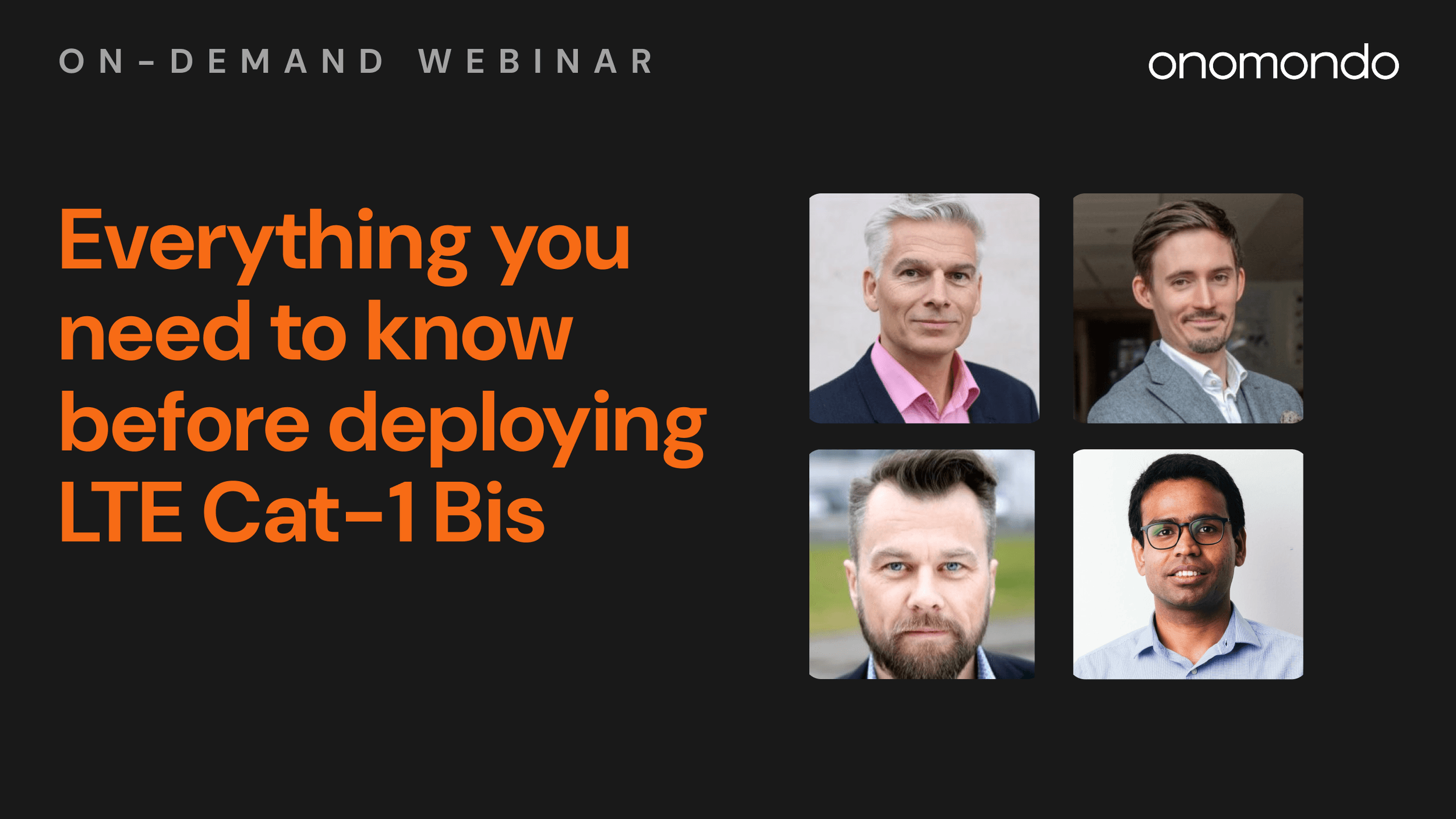Exploring Maersk’s approach to IoT Connectivity
The global integrated logistics giant Maersk moves 12 million containers every year and delivers to every corner of the globe. So how do they make sure that their complicated web of assets remains visible, secure, and efficient?
- Why freedom to operate was crucial for Maersk.
- Why visibility and real-time debugging are vital for IoT projects.
- How a device-agnostic connectivity solution gave Maersk the flexibility they needed.
- How it’s possible to cut data usage up to 90% by moving device logic to the network.
- How Maersk solved the cellular IoT connectivity problem on open seas
-
[00:49]Meet the presenters
-
[03:19]Maersk & IoT connectivity
-
[05:00]Maersk & Onomondo
-
[10:19]Maersk’s challenges
-
[14:40]Onomondo’s solutions
-
[17:35]Switching network operators
-
[19:00]Devices, data and battery life
-
[27:22]Question on permanent roaming restrictions
-
[29:05]Question on overheads in data consumption
-
[35:17]Data from Maersk’s reefers
-
[36:36]Troubleshooting & debugging
-
[44:04]Maersk & Onomondo
-
[49:58]Question on dry container vision
-
[54:41]Question on open sea connectivity
Chapters
Click below to navigate to topics of interest.
Start testing Onomondo for free
Ready to experience next-generation IoT connectivity? Create an account, explore the platform, and start testing Onomondo’s IoT SIM cards for free.

Articles
NB-IoT vs LTE-M: Comparing the two IoT technologies
Understand NB-IoT and LTE-M cellular technologies, the differences between them, and how they impact your cellular connectivity choice.

Articles
IoT in the Energy and Utilities sector
The Internet of Things (IoT) is digitally transforming the Energy and Utilities sector, offering efficient, low-energy solutions to global energy challenges.

Articles
2G and 3G sunsets and how to prepare
Operators are shutting down 2G and 3G networks to free up frequency bands for 4G and 5G. Find out when carriers will shut down networks and how to prepare.




